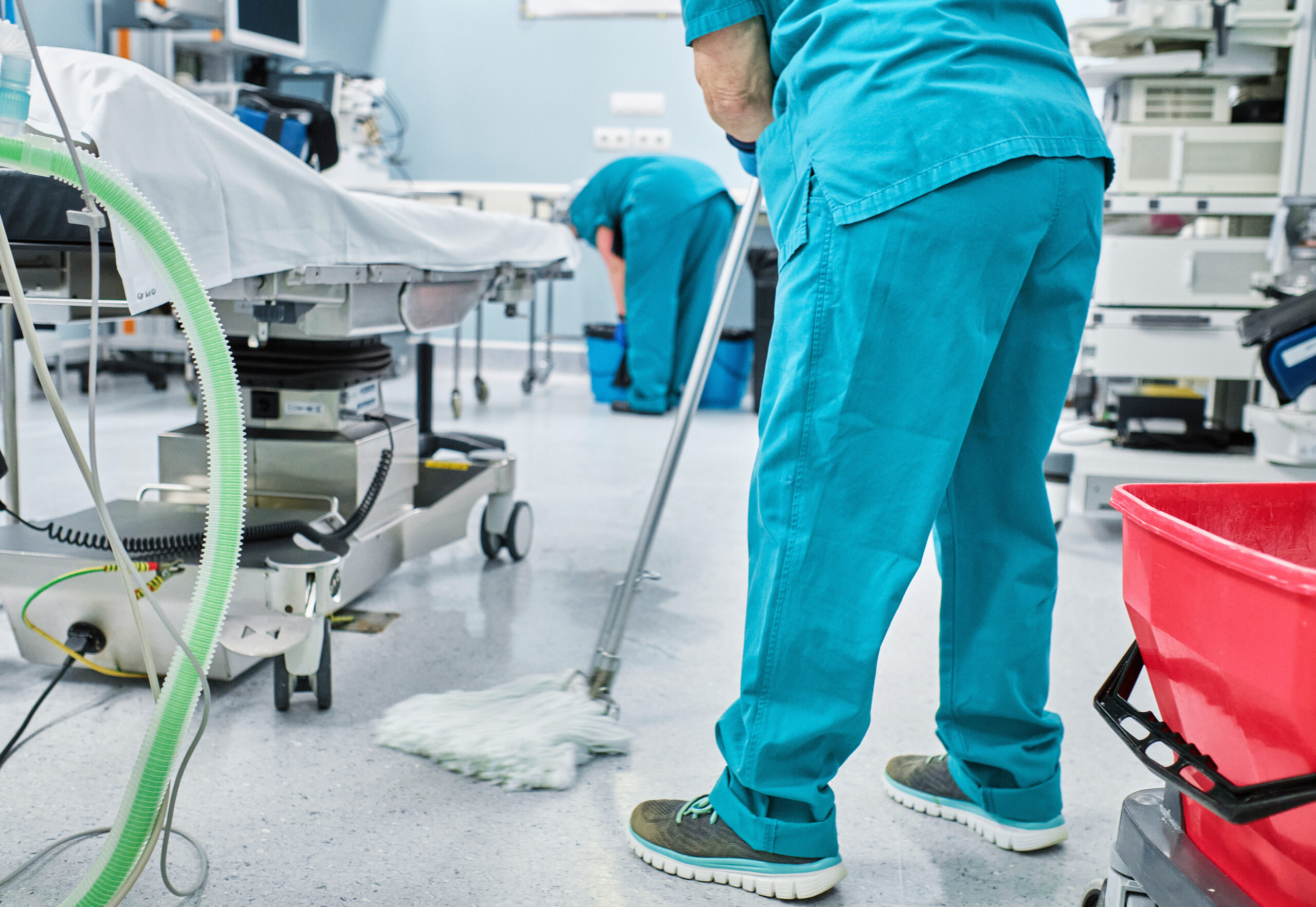Impact of nurse staffing challenges on clinical outcomes
Editor's Note This study by nurse researchers at the University of Alabama at Birmingham examines nurse staffing and its relationship to quality nursing care during the COVID-19 pandemic. Among the findings: Pearson correlation showed a statistically significant, moderately strong negative correlation between the active RN full-time equivalent (FTE) and average…
Continued increases in HAIs during second year of COVID-19
Editor's Note This study from the Centers for Disease Control and Prevention, Atlanta, finds that standardized infection ratios (SIRs) were significantly higher during COVID-19 than during the prepandemic period, and the incidence of healthcare associated infections (HAIs) was elevated during periods of high COVID-19 hospitalizations. The analysis revealed elevated incidence…
Nurse managers’ leadership linked to hospital-onset C diff
Editor's Note This study led by Olivia Jung, PhD, EmoryUniversity, Atlanta, and Linda Aiken, PhD, RN, University of Pennsylvania School of Nursing, Philadelphia, finds an association between the work environment of nurses and hospital-onset Clostridioides difficile (C diff) infection. The analysis, which the authors say is the first to examine…
Leapfrog: HAIs increased during COVID-19 pandemic
Editor's Note The Leapfrog Group, on May 3, announced that its new Hospital Safety Grade shows a significant increase in healthcare-associated infections (HAIs) during the COVID-19 pandemic, spiking to a 5-year high and remaining high. Their analysis found that the average: Central line-associated bloodstream infection (CLABSI) ratio increased 60% Methicillin-resistant…
Effect of nurse staffing level, length of work experience on HAIs
Editor's Note This study from Finland examines the associations between nurse understaffing and limited work experience on the risk of healthcare-associated infections (HAIs). Patient and staff data from 40 care units and 261,067 admissions in one hospital district in Finland were analyzed. The researchers found that 1- or 2-day exposure…
Incidence of HAIs in hospitalized patients with, without COVID-19
Editor's Note This study from HCA Healthcare, Nashville, Tennessee, finds an increase in healthcare-associated infections (HAIs) in patients with COVID-19, but no increase in patients without COVID-19. More than 5 million hospitalizations in 182 hospitals between 2020 and 2022 were included in the analysis. The incidence of HAIs per 100,…
Cluster of mycobacteria infections after total joints traced to OR nurse
Editor's Note This investigation by the Kentucky Department for Public Health and Centers for Disease Control and Prevention of eight cases of rapidly growing mycobacteria (RGM) infections in a Kentucky hospital after total joint replacement procedures found that the presence of a particular OR nurse was significantly associated with the…
Candida auris fungas on the rise
Editor's Note The Centers for Diseas Control and Prevention issued an alert that infections from the fungus Candida auris are increasing, according to a March 23 report from Michigan Medicine. Highlights from the report include: Patients in nursing facilities who have ventilator-associated infections are at increased risk, and ventilators have…
Collaborate to prevent infections in the OR

Protecting patient safety in the OR is everyone’s business. No single group should shoulder the full responsibility for reducing healthcare-associated infections (HAIs). In addition to infection preventionists, epidemiologists, and environmental services personnel, it is the duty of everyone involved in patient care to provide an optimal clean and aseptic surgical…
HAIs in VA facilities during COVID-19
Editor's Note This study by researchers at the US Department of Veterans Affairs (VA), Washington, DC, finds that the COVID-19 pandemic had a differential impact on healthcare associated infections (HAIs) of various types in VA facilities. A total of 128 acute-care and 132 long-term care VA facilities were included in…

 Free Daily News
Free Daily News